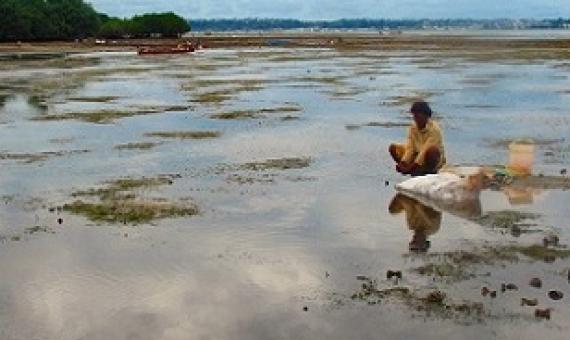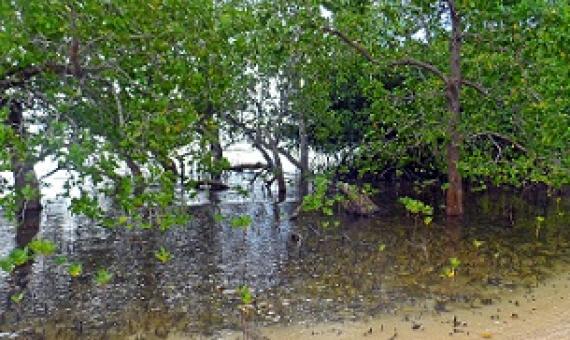A study found that Fijian communities engaged in the country’s locally managed marine areas network, known as FLMMA, exhibited strengths in the mechanisms believed to advance conservation efforts, such as community participation in decision-making and financial support.
Funding to restore mangrove forests is money well spent, according to a new meta-analysis by ecological economists at the University of Tokyo. For every dollar spent to restore mangroves, the ecosystem will yield $6.83 to $10.50 in returns over the next 20 years.
Pathways to sustaining tuna-dependent Pacific Island economies during climate change
Climate-driven redistribution of tuna threatens to disrupt the economies of Pacific Small Island Developing States (SIDS) and sustainable management of the world’s largest tuna fishery. Here we show that by 2050, under a high greenhouse gas emissions scenario (RCP 8.5), the total biomass of three tuna species in the waters of ten Pacific SIDS could decline by an average of 13% (range =−5% to −20%) due to a greater proportion of fish occurring in the high seas.
Visitors Count! Guidance for protected areas on the economic analysis of visitation
This guidance document aims to build awareness, knowledge, and capacity internationally on how to best undertake economic evaluations of tourism in protected areas, and thereby contribute towards a globally acknowledged standard methodology. We believe that it will serve as a key resource for protected area managers, site managers and their respective natural and cultural heritage agencies, practitioners, academia and consultancies, as well as international stakeholders and donor agencies.
Making Money Local: Can Protected Areas Deliver Both Economic Benefits and Conservation Objectives?
This publication has been developed as a contribution to Phase II of the Two-phase Strategy on Protected Areas of the Secretariat of the Convention on Biological Diversity (CBD) and prepared pursuant to various paragraphs of COP decision XIII/2 on protected areas, in particular paragraph 5(a-e), and paragraph 10 of decision XI/24.








